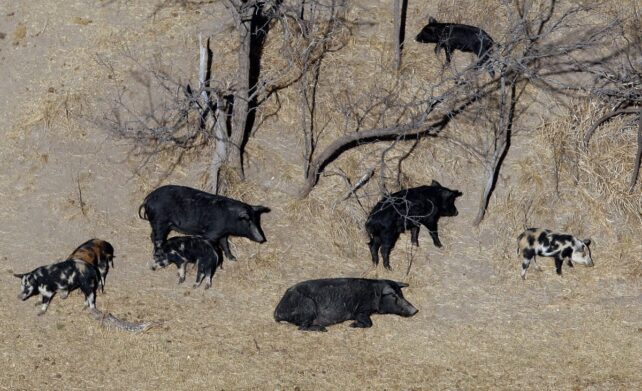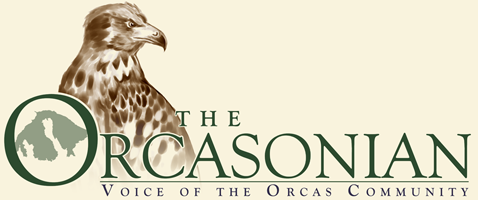Canadian “turbocharged” superpigs are heading South in a US invasion
||| FROM SCIENCE ALERT |||
A cross between a domestic pig and wild boar was bred in Canada decades ago. After escaping captivity, the “super pigs” spread throughout the country, wreaking havoc on native species and crops.
Now, they may be making their way into the US.
“They are the worst invasive large mammal on the planet. Period,” Ryan Brook, a wildlife researcher and professor at the University of Saskatchewan who has studied the pigs for more than a decade, told Insider.
European wild boars were first brought to Canada in the 1980s to introduce a new and exotic pork product that could be uniquely marketed and served at upscale restaurants.
But as the boars started popping up on farms across Canada, they were crossbred with domestic pigs to make the swine bigger and more prolific. The new pigs could also grow thick furry coats, equipping them to survive the exceptionally cold Canadian winters, which can bring weeks of negative double-digit temperatures.
But there was a problem: The traits that made the “super pigs” desirable for the meat market also made them a nightmare once they escaped.
The breeders “basically turbocharged this wild boar with all the things that make it a really successful invasive species,” Brook said, adding that wild boar alone would’ve been a problem, but the “super pigs” are much worse.
Then the boar market peaked, collapsing in 2001, and many of the pigs were simply let go. Brook said there are known occurrences of more than 300 pigs being released at one time. Others escaped, as the pigs were stronger and more adept at getting around fencing.
As a result, the number of feral pigs in Canada has exploded over the past couple of decades, leaving a trail of destruction in their wake.

Feral pigs from Canada roam near a ranch in Mertzon, Texas. (Eric Gay/AP Photo)
An ‘environmental train wreck’
The pigs, which can grow to well over 600 pounds, can thrive in varied landscapes, from forests to open prairies, and eat just about anything. Brook said that he and other researchers refer to the pigs as an “environmental train wreck.”
They prey on native species like frogs and salamanders, and the nests of ground-nesting birds, like ducks and geese. They’ve even been found with white-tailed deer in their stomachs.
They also take a tremendous toll on the landscape, both natural and agricultural. They’ll feast on most agricultural crops, though “corn is king,” Brook said. And unlike a deer, which can graze on grass, mowing along without doing much damage, pigs use their noses to root directly into the dirt.
“When they push with those big, strong bodies, they just tear that ground up. They dig up plant roots, and insect larvae, and anything else they can eat in the ground,” he said, adding that the “trail of destruction” makes it look as though “a small bomb went off.”
The exposed ground in turn makes it easier for invasive plant species to move in, and the topsoil takes much longer to recover. Pigs can also contaminate water, which they roll around in to cool off and subsequently urinate and defecate in, and carry diseases that can be transferred to humans, including E. coli and hepatitis.
Feral pigs are already a major problem in the US. The USDA estimates feral pigs cause US$2.5 billion worth of damage to US agriculture each year. However, those pigs are primarily confined to the warmer climates of the south, mostly Texas and Florida.
But the super pigs from Canada could easily survive the frigid winters of states like Idaho, Montana, North Dakota, and Minnesota.









Excuse me. The human mammal is certainly the worst invasive specie on the planet bar none. It tears up virgin land, eats native vegetation and has even been found with white tailed deer in its stomach. Humans leave trails of destruction and make bombs go off. Isn’t this the pot calling the kettle black? Give me a break.
For more information and to see maps and videos, check out http://www.facebook.com/WildPigResearch